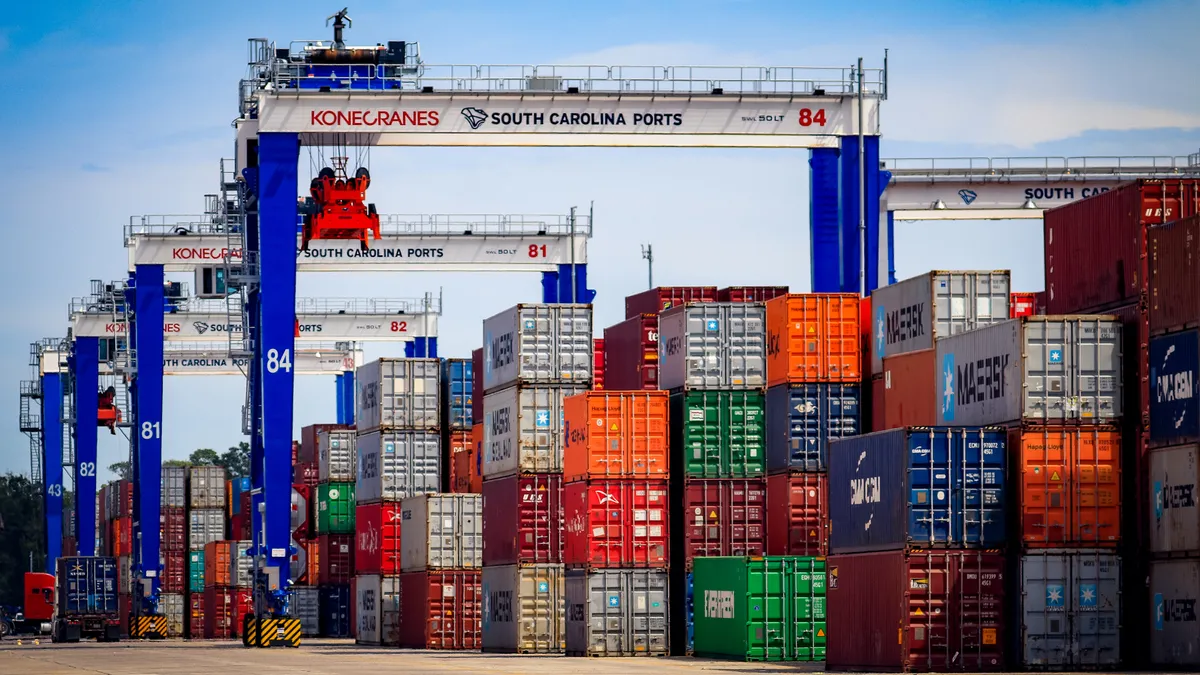New York City-based attorney Barry B. LePatner is the CEO of business advisory firm Insights+ and a nationally recognized construction advisor to corporate, commercial and real estate developers and lenders. Opinions are the author's own.
The nation's construction industry, coupled with professional architects and engineers, play a significant role in the economic wellbeing of the U.S. economy. According to Federal Reserve Bank statistics, construction accounted for 4.3% of our GDP over the past 12 months. Despite the slowdown in construction during the COVID-19 pandemic, contractors are poised to embark on several decades of unparalleled growth.
The pandemic clearly delayed or halted significant construction work. Most of these delayed projects will go forward as the economy reopens in the balance of this year. Additionally, as evidenced by the reports flowing from Florida arising from the structural collapse of the Champlain Towers condominium, there is an enormous need in our nation to remediate tens of millions of square feet of our built environment since the average age of U.S. commercial buildings is nearly 53 years old.
In the decades ahead, many of these buildings will receive substantial overhauls or will be demolished or replaced by billions of square feet of new construction. Add to this the likelihood of a multimillion-dollar infrastructure initiative that is being pushed forward by the Biden administration and it is easy to see why the design and construction world should see brighter days ahead.
However, confronting these rosy predictions are significant roadblocks that threaten to impede the customary benefits of a protracted period of growth. The top challenges are:
Weak pricing: While the construction market slowly makes its way back to pre-pandemic levels, construction companies continue to show a traditional proclivity of taking on work at or below cost merely to keep their workers employed. By choosing to adopt this strategy — which strangles needed cash flow — the industry risks carrying low profits into 2022 and beyond, inevitably delaying a recovery for a year or two even as the overall market heats up.
Skilled worker shortage: Widespread labor shortages in skilled trades have been bedeviling the industry for several years. According to an Associated Builders and Contractors analysis of U.S. Census Bureau data and a forecast of anticipated construction growth in 2021 by economic consulting firm Markstein Advisors, the construction industry will require an additional 430,000 new workers to meet demand in 2021 than were employed in 2020.
The industry has failed in recent years to find ways to attract new workers or set up incentives to train new apprentices for trades in dire need of new personnel for a variety of high-paying jobs. If construction spending accelerates at a higher growth rate due to pent-up demands in the post-COVID era, that figure could be closer to 1 million. Without meeting these shortages and reaching out across the nation to develop a new generation of workers, the industry will fail to satisfy increasing new demands for the rest of the decade and beyond.
Increased materials costs: Prices for many building materials have risen dramatically since the pandemic started. From April 2020 to February 2021 the cost of contractors' purchases of goods and equipment soared nearly 13%. According to the Association of General Contractors, during that same period the cost for other materials rose at even greater rates, including:
- Diesel fuel: 114%.
- Lumber and plywood: 62%.
- The copper and brass mill index: 37%.
- Steel mill products: 20%.
Lumber costs for housing have soared into triple digits but are showing a steady decline that is likely to continue for the balance of the year. Finding new resources or merely passing these increases onto the owners, both public and private, has not been an easy task for the industry.
Supply chain issues: Before the pandemic, as much as 30% of all materials and products utilized on many projects were purchased abroad. When the pandemic struck, shipments of overseas products came to a virtual halt due to lockouts of workers from ports across the globe, shutdowns of supply routes as well as a shortage of container ships. The result of more than two decades of seeking out cheaper labor costs across the globe overseas, the pandemic seriously impaired the ability to source these materials, creating a severe dent in the supply chain that is so critical to the timely construction of U.S. projects.
Many manufacturers who benefited from cheap labor sourcing overseas intend to build new factories in the United States. When complete over the next few years, our domestic supply chain will be more reliable, but product costs will likely rise at least 20% over existing prices.
Technology hesitancy: Contractors are the slowest adaptors of advanced technology of any industry in the world. This is notable since the performance output of construction workers is woeful, costing public and private owners that must pay for this inefficiency.
The industry's low profitability, from 1%-4% annually, means that most firms have been unable to allocate funds to invest significantly in the hardware, software and training to upgrade productivity advances. This impediment, as much as any other factor, may not see improvement until a new generation of leadership takes the reins over the next 10 years.
The United States is on the cusp of a new and sorely needed construction boom. It is ours for the taking if only we are willing to make the necessary choices and investments to get us there.




















